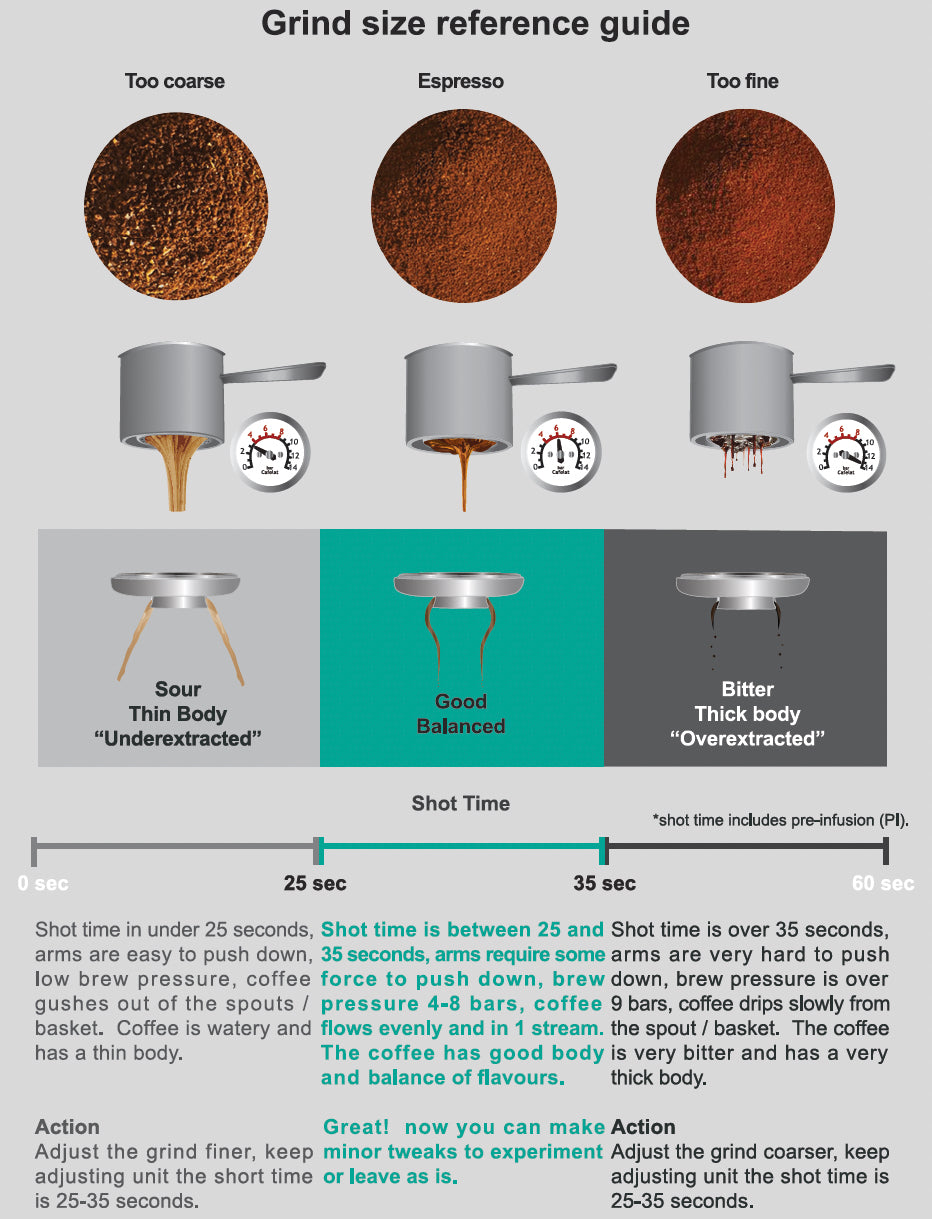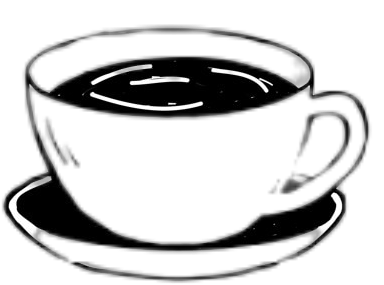If you’re serious about elevating your home barista game, understanding the timing of espresso extraction is a must. It’s not just about pushing a button; it's about balancing timing, grind size, and extraction flow to create that perfect shot. While it might seem intimidating at first, the process becomes second nature with a bit of practice and knowledge.
Why Timing is Critical for Espresso Extraction
Getting the timing right is key to producing a well-balanced espresso. It dictates how much flavor is drawn from the coffee grounds, which ultimately defines the taste of your shot. An espresso that’s extracted too fast leads to under-extraction, giving you a sour, flat flavor. On the flip side, a shot that takes too long results in over-extraction, bringing out bitterness and an unpleasant aftertaste. This balance is also crucial when using machines like the Philips LatteGo 5400 Review or the Philips 3200 LatteGo Review, where optimal extraction times can make all the difference in the flavor profile.

Two Popular Methods for Timing Espresso Extraction
There are two common ways to time your espresso extraction. You can either start the timer when you press the brew button or when the first drop of espresso hits the cup. Personally, I start timing from the moment I press the button, as it includes the pre-infusion time and gives me a more consistent result across multiple shots.
Finding the Ideal Espresso Extraction Time
The recommended extraction window for espresso typically falls between 25 and 35 seconds. In my experience, aiming for 30 seconds tends to deliver the most consistently flavorful shots. If your shot finishes under 25 seconds, it's probably under-extracted, which will leave you with a weak, sour taste. On the other hand, anything over 35 seconds means you’re veering into over-extraction territory, likely resulting in a bitter flavor.
How to Adjust Grind Size for Perfect Timing
The grind size is crucial when it comes to controlling extraction time. A finer grind will slow down extraction, while a coarser grind speeds it up. If your shot pulls too quickly, your grind is probably too coarse. If it takes too long, it’s likely too fine. After testing different grind settings, I finally found the sweet spot for my espresso machine, which dramatically improved both timing and flavor. For those looking to fine-tune their espresso experience even further, be sure to check out the Philips 4300 LatteGo Review for insights on how this machine complements your grind adjustments.
Timing Isn’t Everything: Taste as the Ultimate Guide
While timing is important, it’s not the only factor in making a great espresso. Flavor is your true compass. I’ve learned that even if the timing seems spot-on, the taste can tell a different story. A perfectly extracted shot should balance sweetness, acidity, and body. If your espresso is sour and watery, you might need to grind finer or adjust your brew ratio. If it’s bitter and dry, it could mean over-extraction, prompting you to grind coarser or shorten the extraction time.
Troubleshooting Common Espresso Extraction Issues
Here are some quick fixes for common espresso problems I’ve encountered:
- Under-extraction: If your shot is pulling too fast (under 25 seconds) and tastes sour or weak, your grind is too coarse. Try going finer and test again.
- Over-extraction: If the shot takes too long (over 35 seconds) and has a bitter or dry finish, your grind is likely too fine. Coarsen it up and see if that helps.
Understanding Pre-Infusion’s Role in Timing
Pre-infusion can also impact your espresso extraction timing. Some machines offer a pre-infusion feature, where water is gently applied to the coffee grounds before full pressure is added. This step evens out the extraction and can make a significant difference in the final shot. If your machine doesn’t offer automatic pre-infusion, you can simulate it by briefly starting and stopping the pump before allowing full extraction.
Experimenting with Brew Ratios
Brew ratio, or the relationship between the coffee grounds and the liquid espresso, is another key factor. A common starting point is a 1:2 ratio, like using 18 grams of ground coffee to yield 36 grams of espresso. I’ve played around with this ratio depending on the type of beans I’m using, and it’s amazing how much the flavor can change.
For lighter roasts, I’ve found that extending the extraction time or using a lower ratio (like 1:2.5) brings out more fruity, bright notes. For darker roasts, sticking close to the 1:2 ratio helps maintain a rich, full-bodied shot without excessive bitterness.
Tasting and Sensory Evaluation: The Final Test
In the end, it’s all about taste. Even if you nail the timing, your espresso might still miss the mark if other factors like grind size or brew ratio are off. I’ve had shots that extracted perfectly in 30 seconds but didn’t taste great because my grind size wasn’t dialed in. It’s through tasting and tweaking these variables that I’ve been able to consistently produce espresso that hits all the right notes.

Conclusion: The Art and Science of Perfect Espresso
Mastering espresso extraction timing is a rewarding journey, blending both art and science. By paying close attention to timing, adjusting grind size, experimenting with brew ratios, and ultimately relying on taste, you’ll be well on your way to pulling the perfect shot every time. It takes practice and patience, but the satisfaction of that perfectly brewed espresso makes it all worthwhile. If you're interested in finding a machine that will help you perfect this process, you might want to check out the DeLonghi Magnifica Evo Review or the DeLonghi Magnifica S Review. These reviews offer great insights into machines that could elevate your espresso game.
